Idea by
Lamila Simisic
Call for ideas 2016
City Caverns
City Caverns
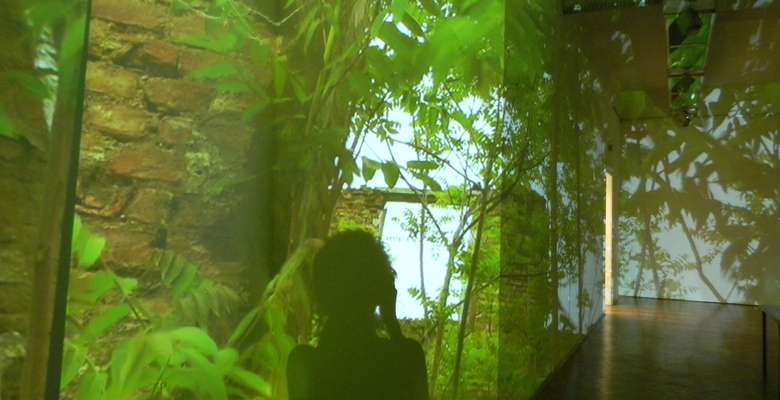
The city caverns are blurred, vague and unintimidating; they are mere dots on the city network. Such caverns represent unprogrammed and random citizens within the interspace. This interspace provides the potential for the performance of nature. Nature does not celebrate crisis, it is productive. It reschedules and activates the segments of its matrix. Provoked by the presence of urban ruins, we have learned to adapt ourselves. Our view of the world is shaped by accumulated impressions, thus influencing our creative apparatus and our involvement within it. This investigation deals with the issue of transformation of existing urban network, so that all of its parts can fit the flow of information. The idea of this project coming from aim of activation of city ruins, not permanent activation, temporal one. The project is showing one city cavern displayed in gallery, with the aim to facilitate visit to the garden, which was created in it, as well to celebrate conservation of life.

Fragment from the ambience installation showing city cavern inside the Art Gallery of Bosnia and Herzegovina

Fragment from the ambience installation showing city cavern inside the Art Gallery of Bosnia and Herzegovina
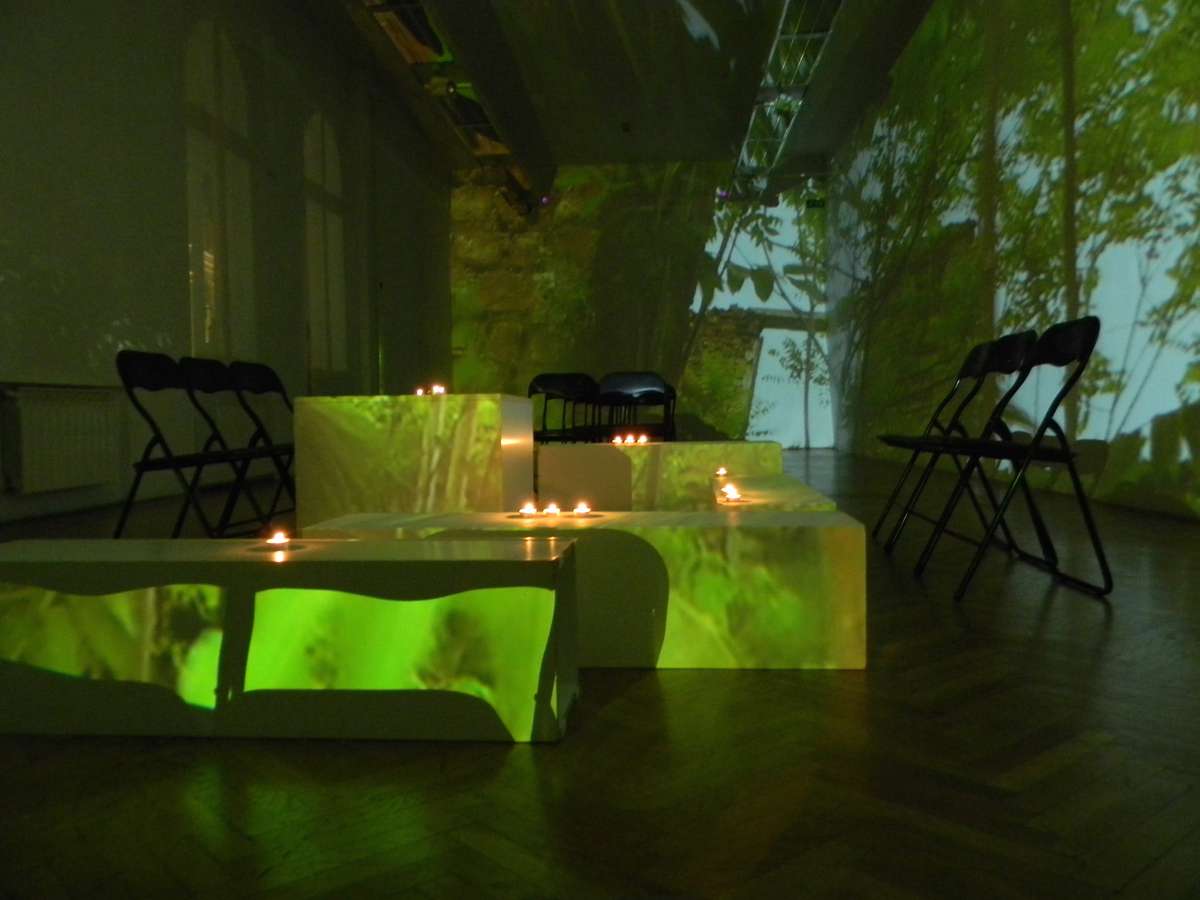
Fragment from the ambience installation showing city cavern inside the Art Gallery of Bosnia and Herzegovina

Fragment from the ambience installation showing city cavern inside the Art Gallery of Bosnia and Herzegovina
City Caverns
City Caverns

The city caverns are blurred, vague and unintimidating; they are mere dots on the city network. Such caverns represent unprogrammed and random citizens within the interspace. This interspace provides the potential for the performance of nature. Nature does not celebrate crisis, it is productive. It reschedules and activates the segments of its matrix. Provoked by the presence of urban ruins, we have learned to adapt ourselves. Our view of the world is shaped by accumulated impressions, thus influencing our creative apparatus and our involvement within it. This investigation deals with the issue of transformation of existing urban network, so that all of its parts can fit the flow of information. The idea of this project coming from aim of activation of city ruins, not permanent activation, temporal one. The project is showing one city cavern displayed in gallery, with the aim to facilitate visit to the garden, which was created in it, as well to celebrate conservation of life.
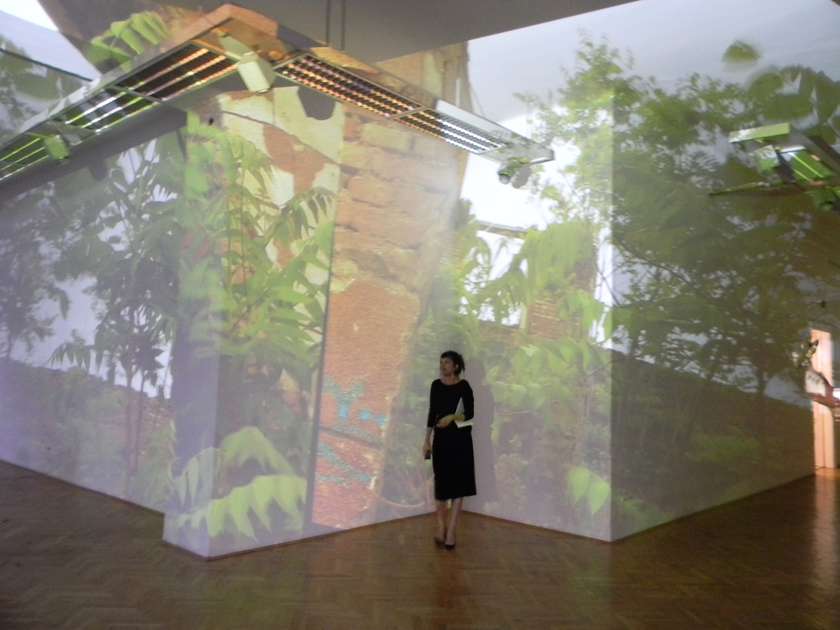
Fragment from the ambience installation showing city cavern inside the Art Gallery of Bosnia and Herzegovina
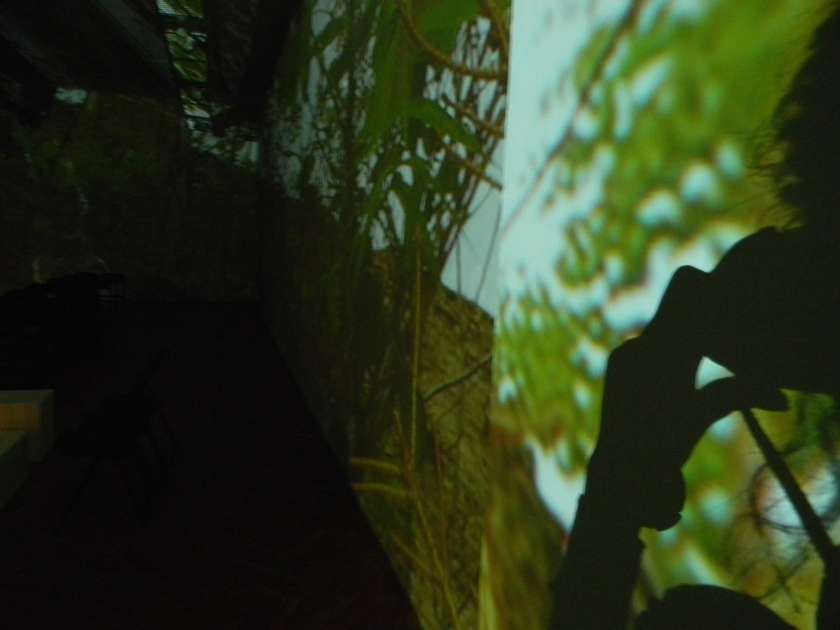
Fragment from the ambience installation showing city cavern inside the Art Gallery of Bosnia and Herzegovina
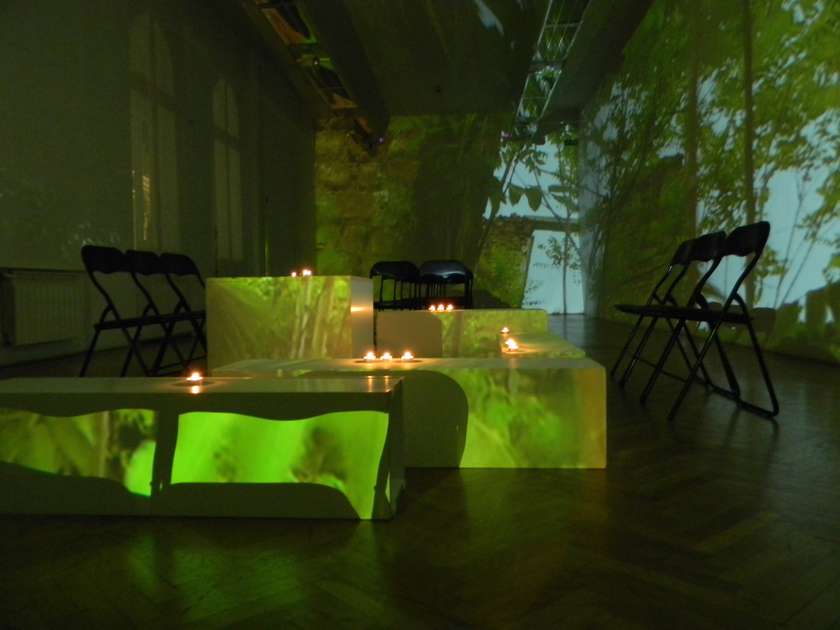
Fragment from the ambience installation showing city cavern inside the Art Gallery of Bosnia and Herzegovina

Fragment from the ambience installation showing city cavern inside the Art Gallery of Bosnia and Herzegovina